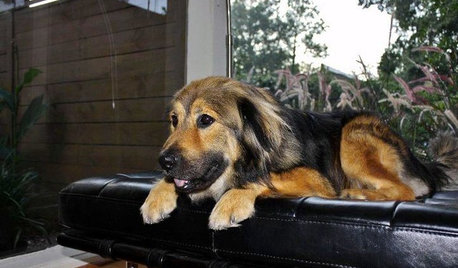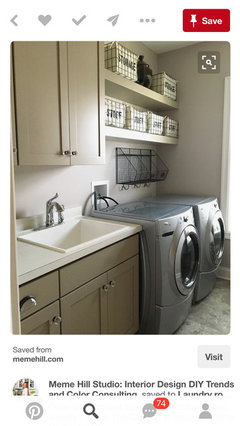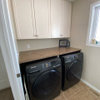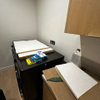Can a dryer be vented through the roof?
bellaterra
17 years ago
Featured Answer
Sort by:Oldest
Comments (21)
airsome
17 years agoairsome
17 years agoRelated Professionals
Wentzville Kitchen & Bathroom Designers · Gardner Kitchen & Bathroom Remodelers · Spokane Kitchen & Bathroom Remodelers · Canton Cabinets & Cabinetry · Lockport Cabinets & Cabinetry · Bloomfield Custom Closet Designers · Shrewsbury Custom Closet Designers · La Jolla Custom Closet Designers · Anaheim Flooring Contractors · Maryville Flooring Contractors · Olympia Flooring Contractors · Stoneham Flooring Contractors · Swansea Flooring Contractors · Topeka Flooring Contractors · Thibodaux Flooring Contractorscantdecide
17 years agojakvis
17 years agogordonr
17 years agoCyberspacer
17 years agobellaterra
17 years agoairsome
17 years agoairsome
17 years agoselvol
10 years agoMichael
10 years agoasher_maslan
7 years agoMaria Carnes Courtney
7 years agoHU-736419353
3 years agoS.N. Inc
3 years agodadoes
3 years agotwebbz
3 years agoKevin Neil Bernard
3 years agodadoes
3 years agoVictoria Smiles
2 years agolast modified: 2 years ago
Related Stories

BATHROOM WORKBOOKStandard Fixture Dimensions and Measurements for a Primary Bath
Create a luxe bathroom that functions well with these key measurements and layout tips
Full Story
LIFEWe Can Work It Out: Living (and Cleaning) Together
Run a household without fussing and fighting with these ideas for how to work together on household chores
Full Story
PETSA Romp Through Pet-Friendly Materials
Deceptively durable, these stylish flooring materials and fabrics let you give Fluffy the run of the house
Full Story
LAUNDRY ROOMSThe Cure for Houzz Envy: Laundry Room Touches Anyone Can Do
Make fluffing and folding more enjoyable by borrowing these ideas from beautifully designed laundry rooms
Full Story
GREEN DECORATING8 Questions to Help You See Through Green Hype
With the ecofriendly bandwagon picking up some dubious passengers, here's how to tell truly green products and services from the imposters
Full Story
TRADITIONAL ARCHITECTURERoots of Style: Château Architecture Strides Through a Century
Live like a lord with design details that recall French estates of old, even if they're scaled down and updated for today
Full Story
HOUSEKEEPINGCan-Do Cleaning Strategies for Busy People
While you dream of having a maid (to go with the cook and chauffer), this simplified cleaning routine can keep your real-world home tidy
Full Story
LIFEHow Your Landscaping Can Keep Burglars Away
Prevent home break-ins with strategic landscaping and good practices instead of menacing — and maybe less effective — measures
Full Story
LIFEThe Polite House: How Can I Tell a Construction Crew to Pipe Down?
If workers around your home are doing things that bother you, there’s a diplomatic way to approach them
Full Story
MUDROOMSThe Cure for Houzz Envy: Mudroom Touches Anyone Can Do
Make a utilitarian mudroom snazzier and better organized with these cheap and easy ideas
Full Story









rickharp